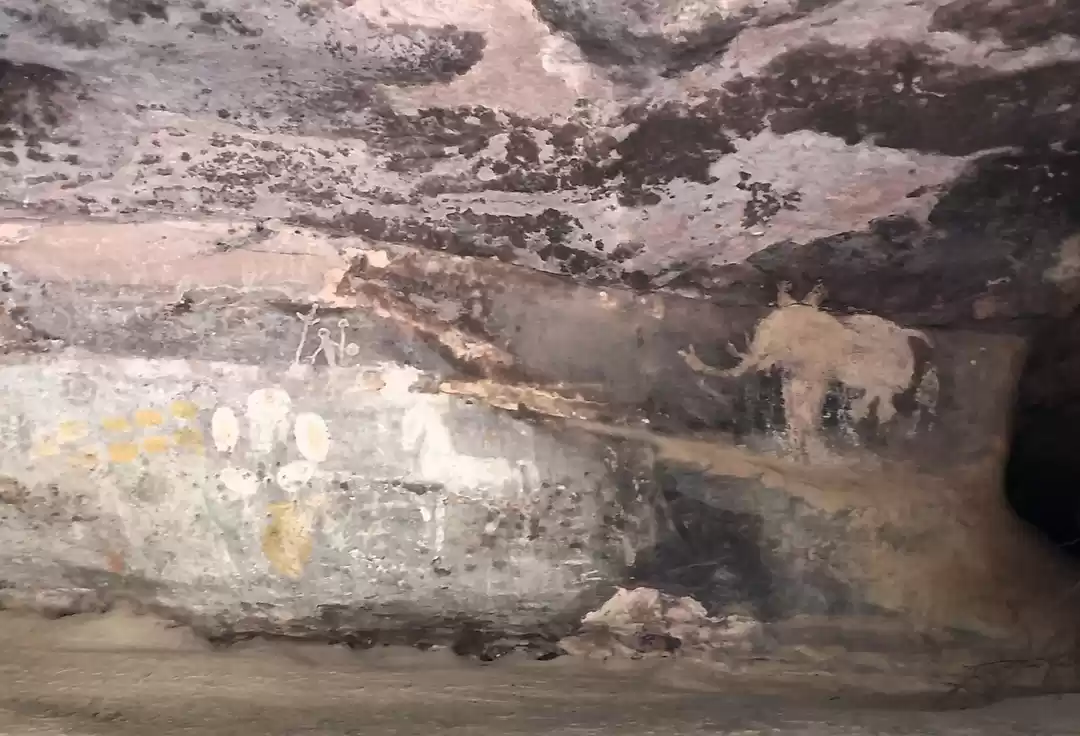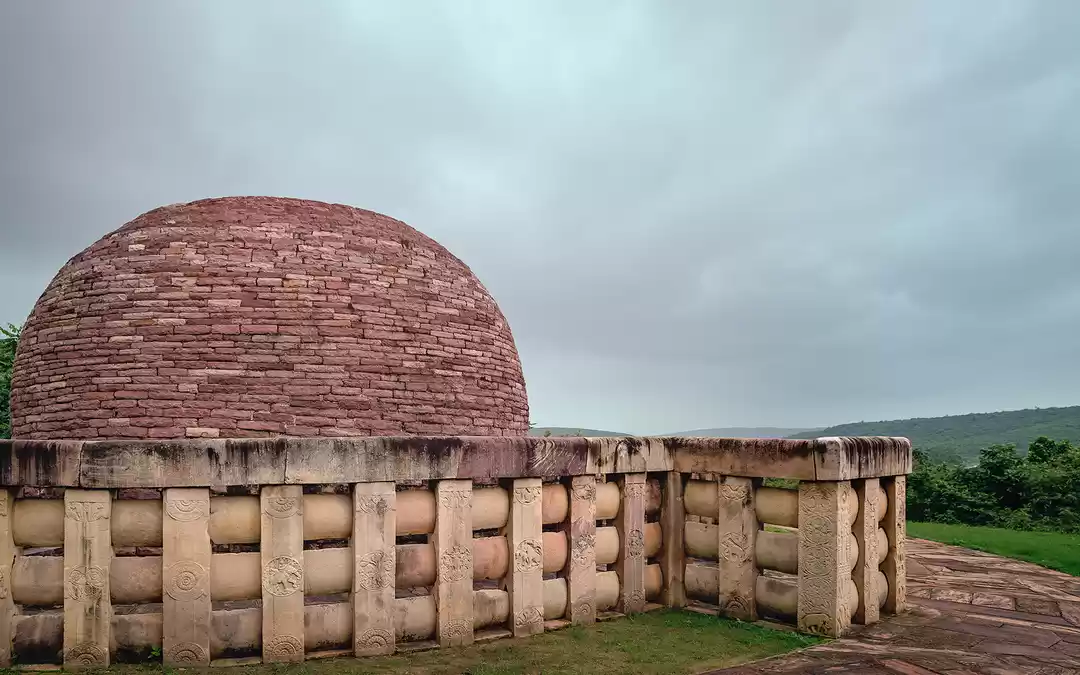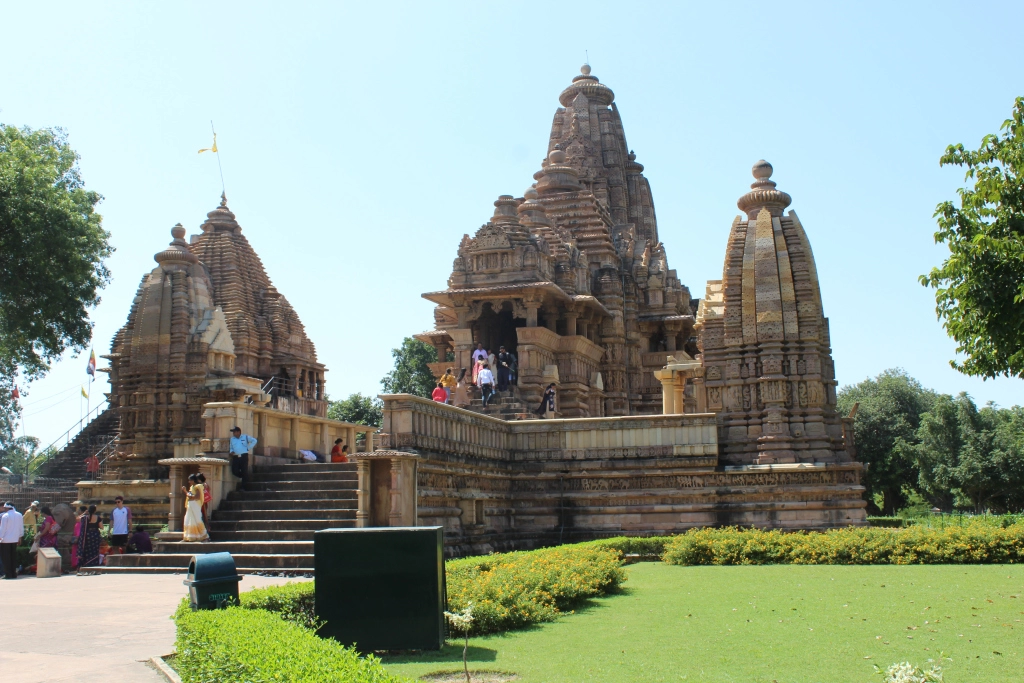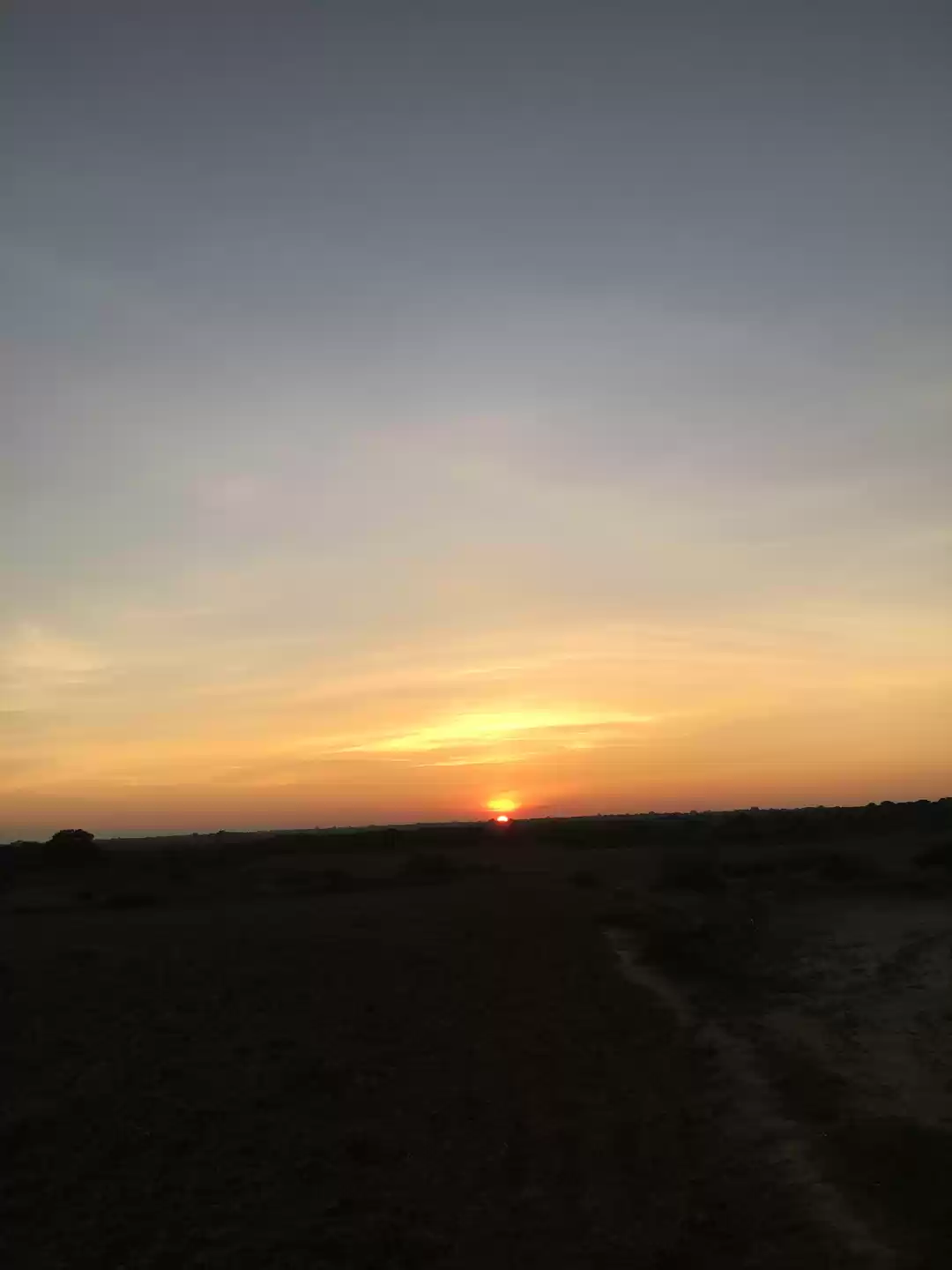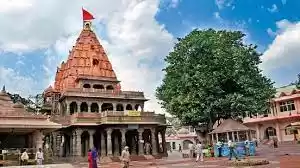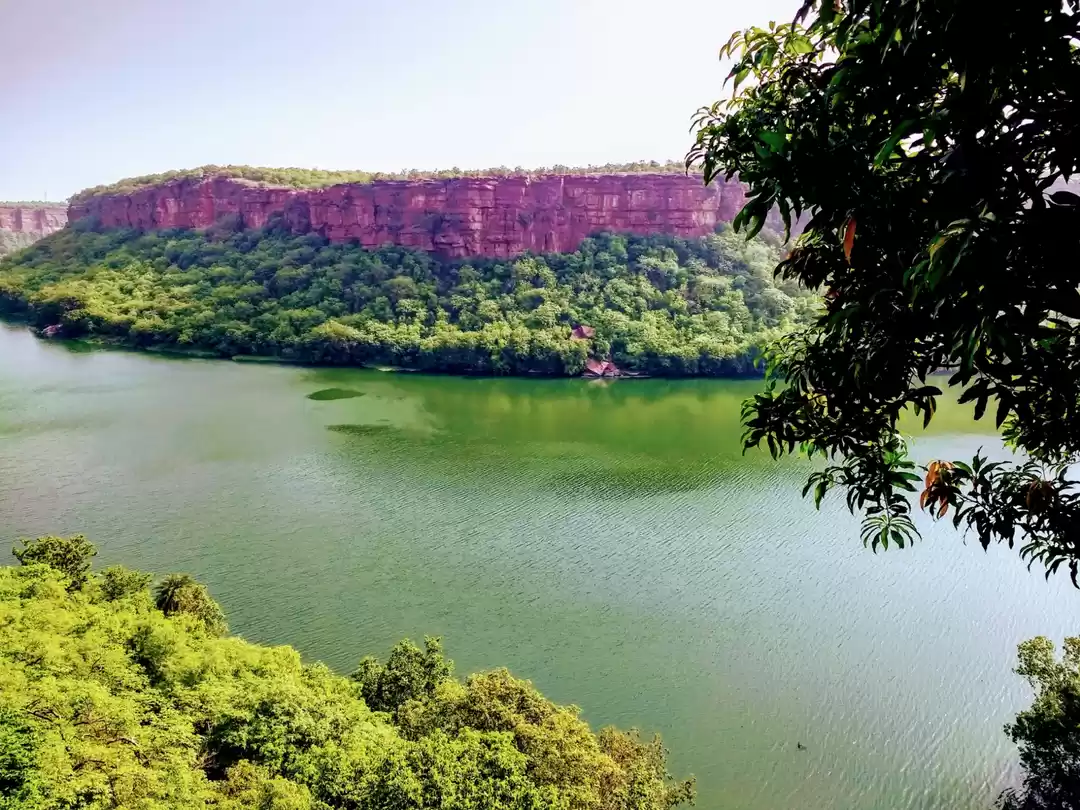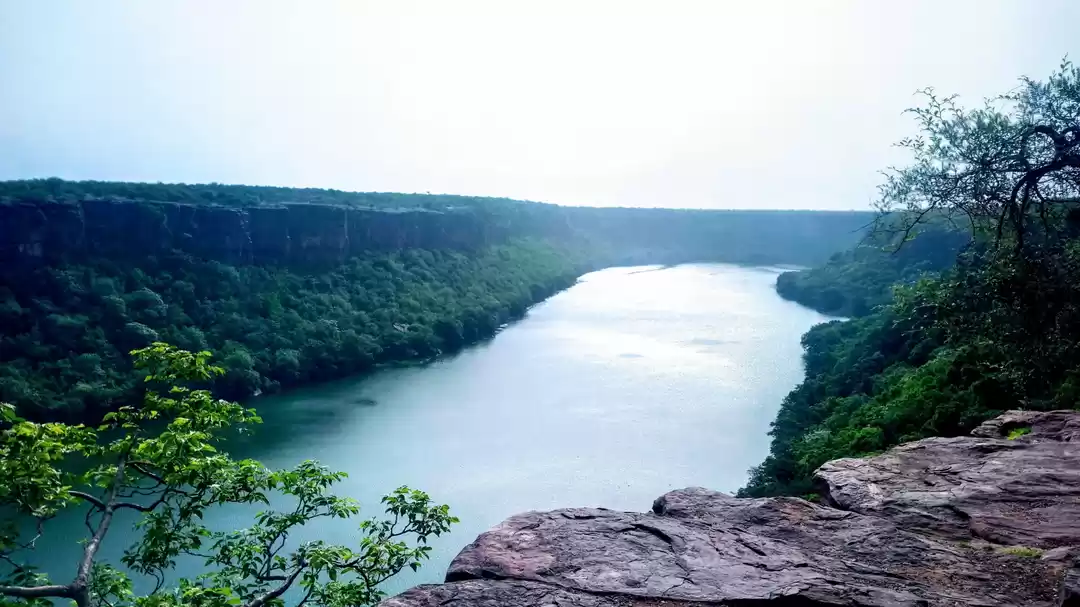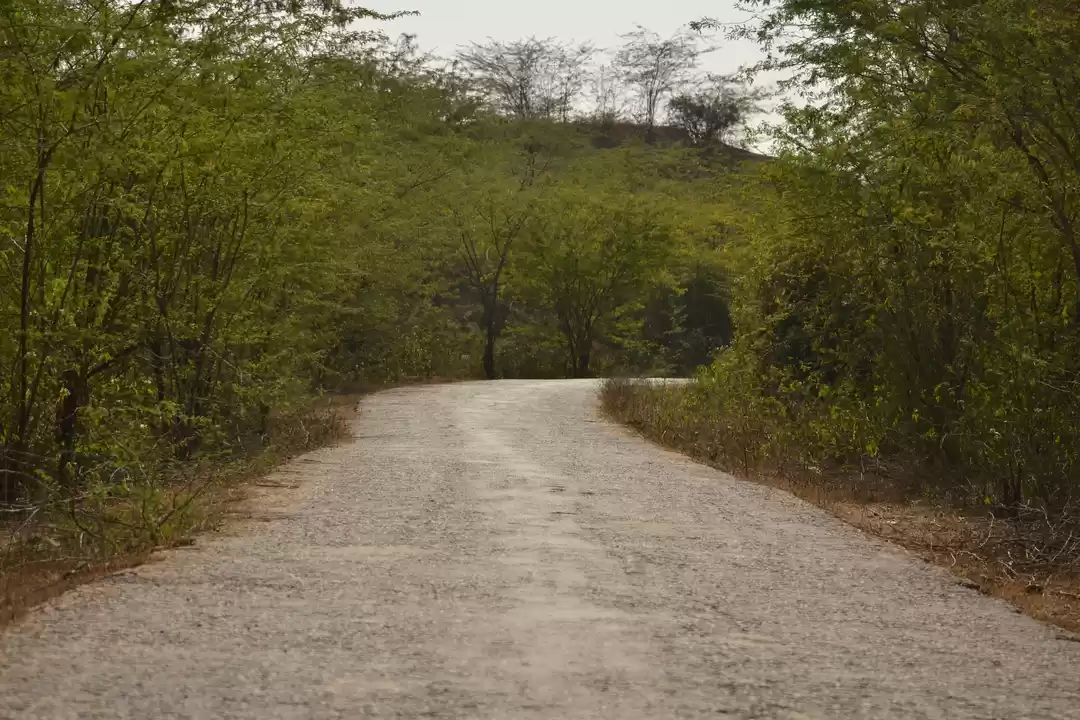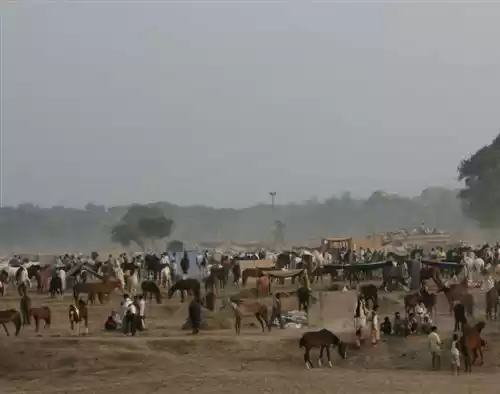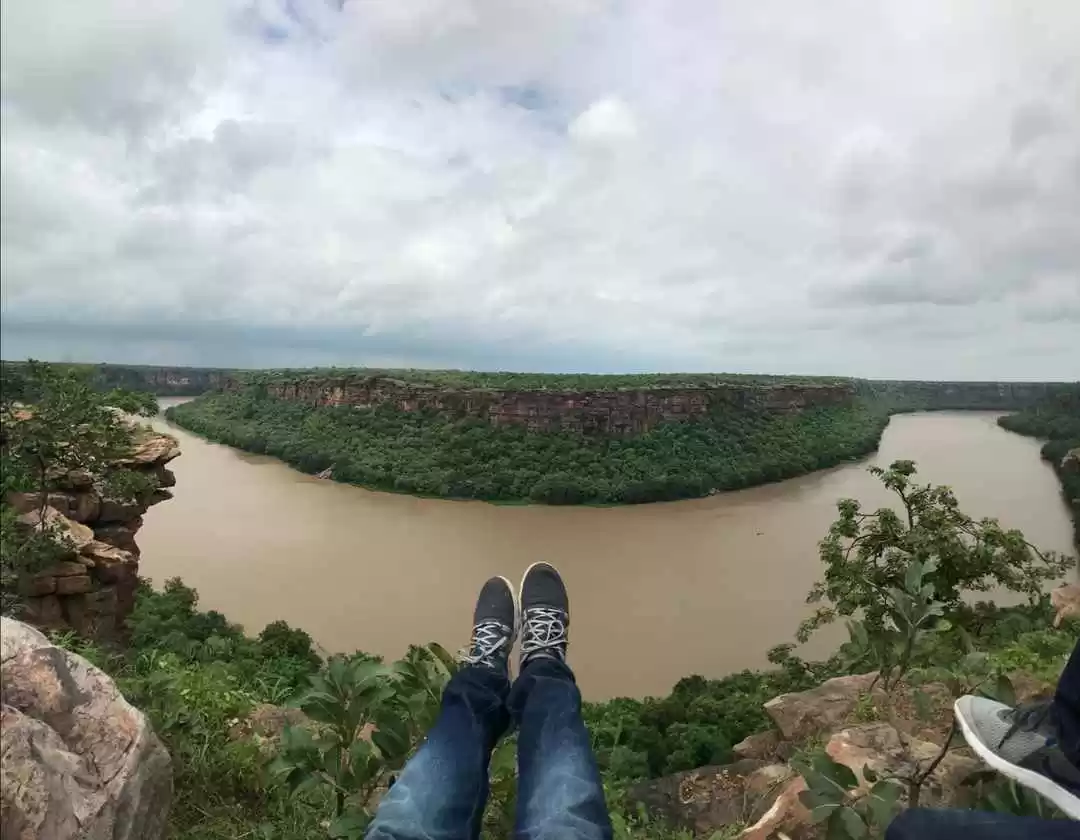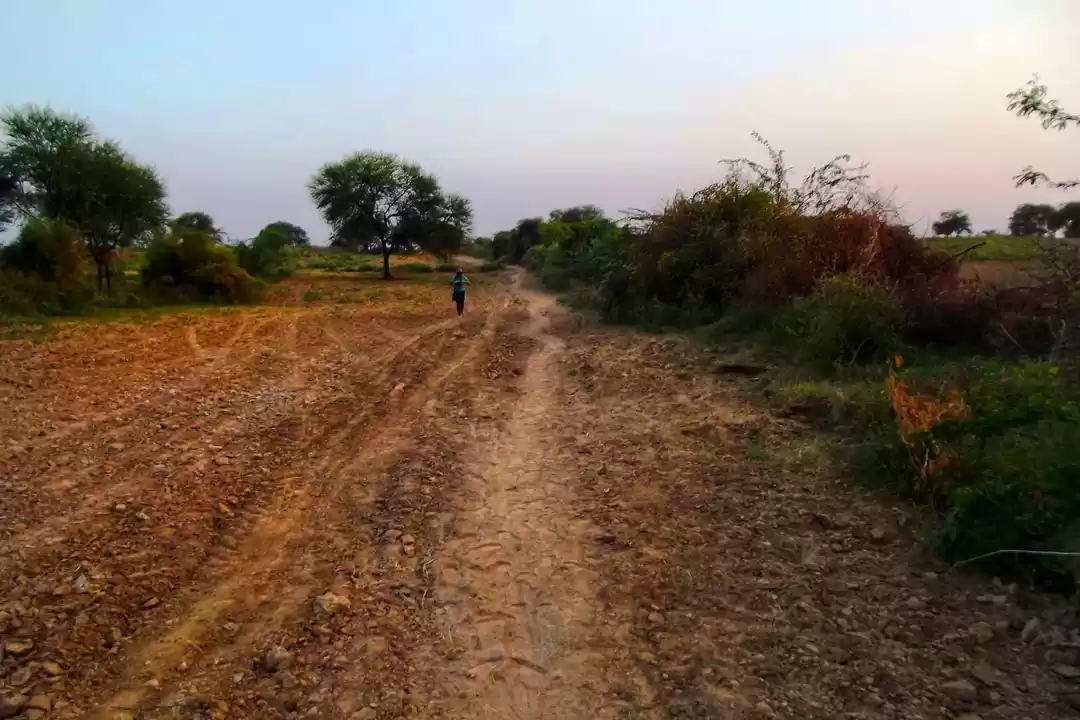Have you ever wondered what it would be like to see the world’s most elusive and endangered aquatic animals in their natural habitat? Have you ever dreamed of taking a boat ride along a pristine and scenic river, surrounded by lush greenery and exotic birds? Have you ever wanted to explore the rich and diverse culture and history of a region that has been shaped by centuries of legends, myths, and battles?
If you answered yes to any of these questions, then you should definitely visit Chambal, the hidden gem of Madhya Pradesh, India. Chambal is home to the National Chambal Sanctuary, one of the largest and most successful wildlife reserves in India, where you can spot rare and endangered animals, such as the Gangetic River Dolphin, the Gharial, the Crocodile, the Turtles, the Otters, and the birds, in their natural habitat. Chambal is also a place of immense beauty and charm, where you can enjoy the serene and scenic landscape, the ancient and majestic forts and temples, and the vibrant and varied culture and cuisine of the region.
In this article, we will guide you on how to plan the perfect jungle safari in Chambal, and what else you can see and do in this amazing place. We will also provide you with some useful tips and tricks to make your trip more enjoyable and memorable. So, without further ado, let’s dive into the world of Chambal, and discover why it is one of the best destinations for wildlife lovers in India.
How to Reach
There are several ways to reach Chambal from Delhi, depending on your budget, time, and preference. Here are some of the most common options:
By car:
You can drive from Delhi to Chambal via NE4 and NH148D, which is about 630 km and takes about 6 hours. This is a convenient and comfortable option, but also the most expensive one. You can also hire a taxi or a car rental service for the same route.
By train:
You can take a train from Delhi to Shikohabad Jn, which is about 250 km and takes about 3.5 hours. From there, you can take a taxi or a bus to Chambal, which is about 40 km and takes about an hour. This is a cheaper and faster option than driving, but you need to book your tickets in advance and check the availability and timings of the trains.
By bus:
You can take a bus from Delhi to Kuberpur Toll Plaza, which is about 200 km and takes about 4 hours. From there, you can take a taxi to Chambal, which is about 140 km and takes about 2 hours. This is a budget-friendly and flexible option, but also the least comfortable and reliable one.
By plane:
You can fly from Delhi to Gwalior, which is about 300 km and takes about an hour. From there, you can take a taxi to Chambal, which is about 100 km and takes about 1.5 hours. This is the quickest and easiest option, but also the most costly one. You need to check the availability and fares of the flights.
Why Visit Chambal
Chambal is not a typical tourist destination, and that is exactly what makes it so special and appealing. Chambal is a place where you can experience the raw and unspoiled beauty of nature, and witness the incredible diversity and richness of wildlife. Chambal is a place where you can escape the hustle and bustle of the city, and enjoy the peace and tranquility of the countryside.
Chambal is a place where you can learn about the fascinating and intriguing history and culture of a region that has been influenced by various dynasties, religions, and communities. Some of the main reasons why you should visit Chambal are:

Wildlife:
Chambal is the best place in India to see the Gangetic River Dolphin, the Gharial, and the Crocodile, which are all critically endangered and found only in a few places in the world. The National Chambal Sanctuary, which covers an area of 5,400 sq km across the states of Madhya Pradesh, Rajasthan, and Uttar Pradesh, is the only protected area in India that is dedicated to the conservation of these aquatic animals.
The sanctuary also hosts a variety of other wildlife, such as the Turtles, the Otters, the Nilgai, the Chinkara, the Jackal, the Hyena, the Leopard, and the Wolf. Moreover, the sanctuary is a paradise for birdwatchers, as it is home to more than 300 species of resident and migratory birds, such as the Indian Skimmer, the Black-bellied Tern, the Bar-headed Goose, the Sarus Crane, the Red-naped Ibis, the Black-necked Stork, and the Greater Flamingo.
Attractions:
Chambal is not only about wildlife, but also about culture and history. The region has a rich and diverse heritage, which is reflected in its numerous attractions and places of interest. Some of the most popular attractions in and around Chambal are:

Fort Ater: This is a 17th-century fort built by the Bhadauria kings on the banks of the Chambal river. The fort is a fine example of Mughal architecture, and has several palaces, temples, and gardens within its premises. The fort also offers a stunning view of the river and the surrounding landscape.

Bateshwar Temples: This is a complex of more than 200 ancient temples dedicated to Lord Shiva, Lord Vishnu, and Lord Ganesha. The temples are located on the banks of the Yamuna river, and date back to the 8th to 10th centuries. The temples are known for their exquisite carvings, sculptures, and architecture, and are considered as one of the most sacred and holy sites in the region.
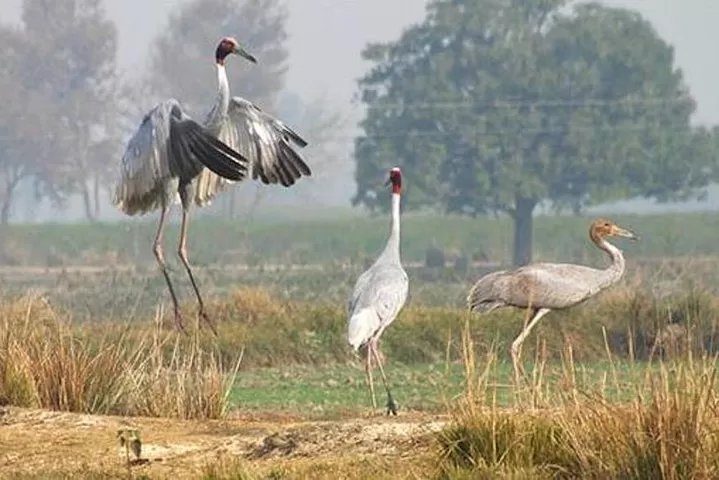
Sarus Crane Conservation Area: This is a wetland area that is home to the largest population of Sarus Cranes in India. The Sarus Crane is the tallest flying bird in the world, and is revered by the local people as a symbol of love and fidelity. The conservation area also attracts other water birds, such as the Black-necked Stork, the Painted Stork, the Spoonbill, and the Heron.
Activities:
Chambal is a place where you can indulge in various activities and experiences that will make your trip more fun and adventurous. Some of the most popular activities in Chambal are:

River Safari: This is the best way to explore the wildlife and the beauty of the Chambal river. You can take a boat ride along the river, and spot the Gangetic River Dolphin, the Gharial, the Crocodile, the Turtles, the Otters, and the birds. The river safari is conducted by trained and experienced guides, who will provide you with interesting and informative facts and stories about the animals and the region. The river safari is also a great way to enjoy the sunrise and sunset over the river, and capture some amazing photographs.
Camel Safari: This is another way to experience the rural and rustic charm of Chambal. You can take a camel ride through the villages, farms, and fields of the region, and interact with the local people and their lifestyle. You can also visit some of the attractions, such as the Fort Ater and the Bateshwar Temples, on a camel back, and get a different perspective of the place.
Horse Safari: This is a more adventurous and thrilling way to explore the wildlife and the landscape of Chambal. You can take a horse ride through the forest, grassland, and ravine areas of the sanctuary, and spot some of the terrestrial animals, such as the Nilgai, the Chinkara, the Jackal, the Hyena, the Leopard, and the Wolf. You can also enjoy the scenic and serene views of the river and the hills, and feel the adrenaline rush of riding a horse.
Nature Walk: This is a more relaxing and leisurely way to enjoy the nature and the wildlife of Chambal. You can take a walk along the river bank, or through the forest, and observe the flora and fauna of the region. You can also learn about the medicinal and edible plants, and the traditional and cultural practices of the local people. You can also listen to the sounds of the birds and the animals, and feel the fresh and pure air of the place.
These are some of the reasons why you should visit Chambal, and why it is one of the best destinations for wildlife lovers in India. Chambal is a place that will surprise you, delight you, and inspire you, and leave you with unforgettable memories and stories to share.
So, what are you waiting for? Book your trip to Chambal today, and get ready for an amazing and unforgettable wildlife adventure.






